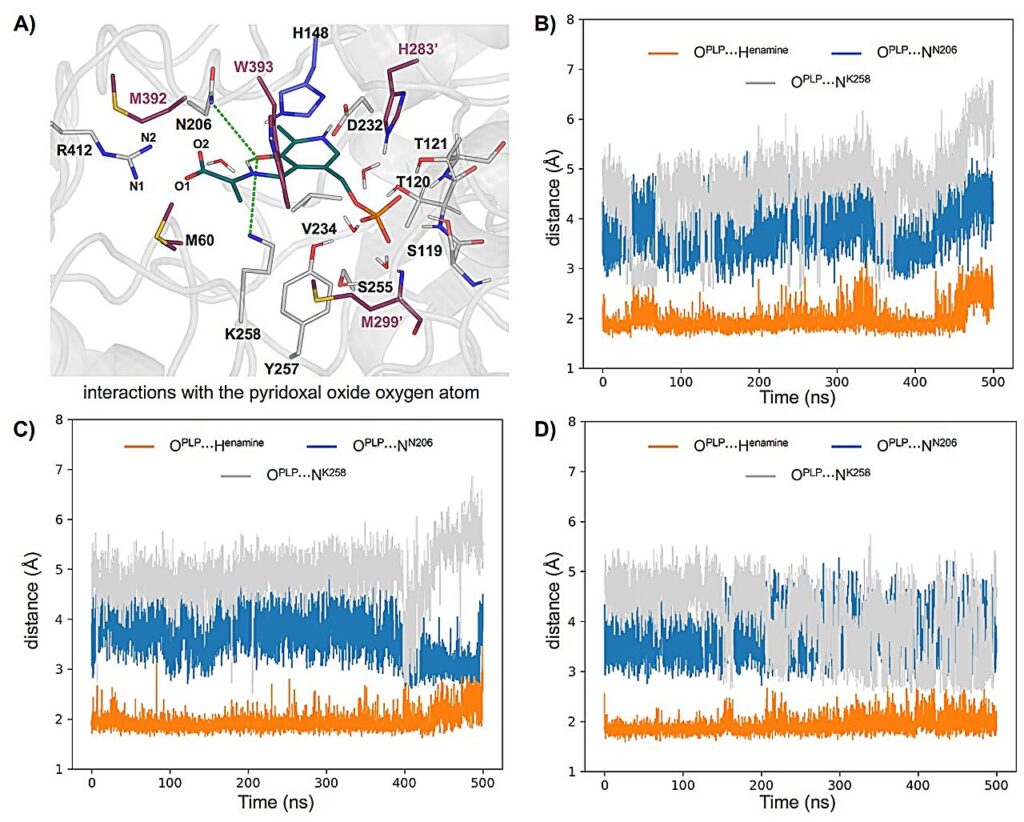
In a groundbreaking development, researchers at UC Santa Barbara have unveiled a new biocatalytic method capable of generating a diverse library of novel molecules, potentially revolutionizing drug discovery. The study, published in the journal Science, details an innovative enzymatic multicomponent reaction that produces six distinct molecular scaffolds, many of which were previously inaccessible through traditional chemical or biological methods.
Professor Yang Yang, a chemistry expert at UC Santa Barbara, emphasized the significance of this advancement. “The ability to generate novelty and molecular diversity is particularly important to medicinal chemistry,” Yang stated. “For a long time, biocatalysis was considered as a field of relevance mainly to the large-scale production of valuable specialty chemicals. Our work suggests that new biocatalytic methods can now find applications in discovery chemistry, through accelerated combinatorial synthesis of novel molecules.”
Diversity-Oriented Synthesis: A New Frontier
Diversity-oriented synthesis (DOS) is a strategy that aims to create a structurally diverse library of molecules for screening beneficial biological and chemical properties. Unlike traditional target-oriented synthesis, which focuses on specific targets, DOS prepares a wide array of potential options, increasing the likelihood of discovering novel bioactive compounds.
At the heart of these biologically active compounds is the carbon-carbon bond, the backbone of organic chemistry. Understanding how to manipulate these bonds can lead to the creation of powerful new molecules. Yang’s team, in collaboration with the University of Pittsburgh’s Professor Peng Liu, has developed a combinatorial process using enzymes and sunlight-harvesting catalysts to produce novel molecular scaffolds with rich stereochemistry.
Enzymes and Synthetic Catalysts: A Synergistic Approach
Enzymes, often referred to as nature’s privileged catalysts, are powerful and specific but limited to certain substrates and conditions. Synthetic catalysts, on the other hand, are versatile but lack the efficiency and selectivity of enzymes. The new method leverages the strengths of both, using enzymes for efficiency and selectivity, and synthetic catalysts for versatility.
The process involves concerted chemical reactions where photocatalytic reactions generate reactive species that participate in larger enzymatic catalysis cycles. This cooperation results in the formation of six novel products through carbon-carbon bond formation with exceptional enzymatic control.
“Through enzyme-photocatalyst cooperativity, using a radical mechanism, we developed novel multicomponent biocatalytic reactions which were both unknown in chemistry and biology,” Yang explained. “These enzymes are surprisingly general and can function on a wide range of substrates.”
Implications for Drug Discovery and Beyond
The implications of this research are profound. By expanding the toolkit available for drug discovery, this method could accelerate the development of new pharmaceuticals and treatments for a range of diseases. The ability to generate diverse molecular libraries efficiently opens new avenues for exploration in medicinal chemistry.
Research contributions came from a team including Chen Zhang, Jun Zhou, and Silvia M. Rivera at UCSB; Pei-Pei Xie and Turki M. Alturaifi at the University of Pittsburgh; and collaborators James Finnegan and Simon Charnock at Prozimix Ltd. in the UK. Their collective efforts underscore the collaborative nature of modern scientific breakthroughs.
Looking Forward: The Future of Biocatalysis
This development represents a significant step forward in the field of biocatalysis, suggesting that future applications could extend beyond drug discovery into other areas of chemistry and biology. As researchers continue to explore the potential of biocatalytic methods, the boundaries of what is possible in molecular synthesis are likely to expand further.
As this innovative method gains traction, it may well set a new standard for how scientists approach the synthesis of complex molecules, paving the way for a new era in chemical and biological research.







